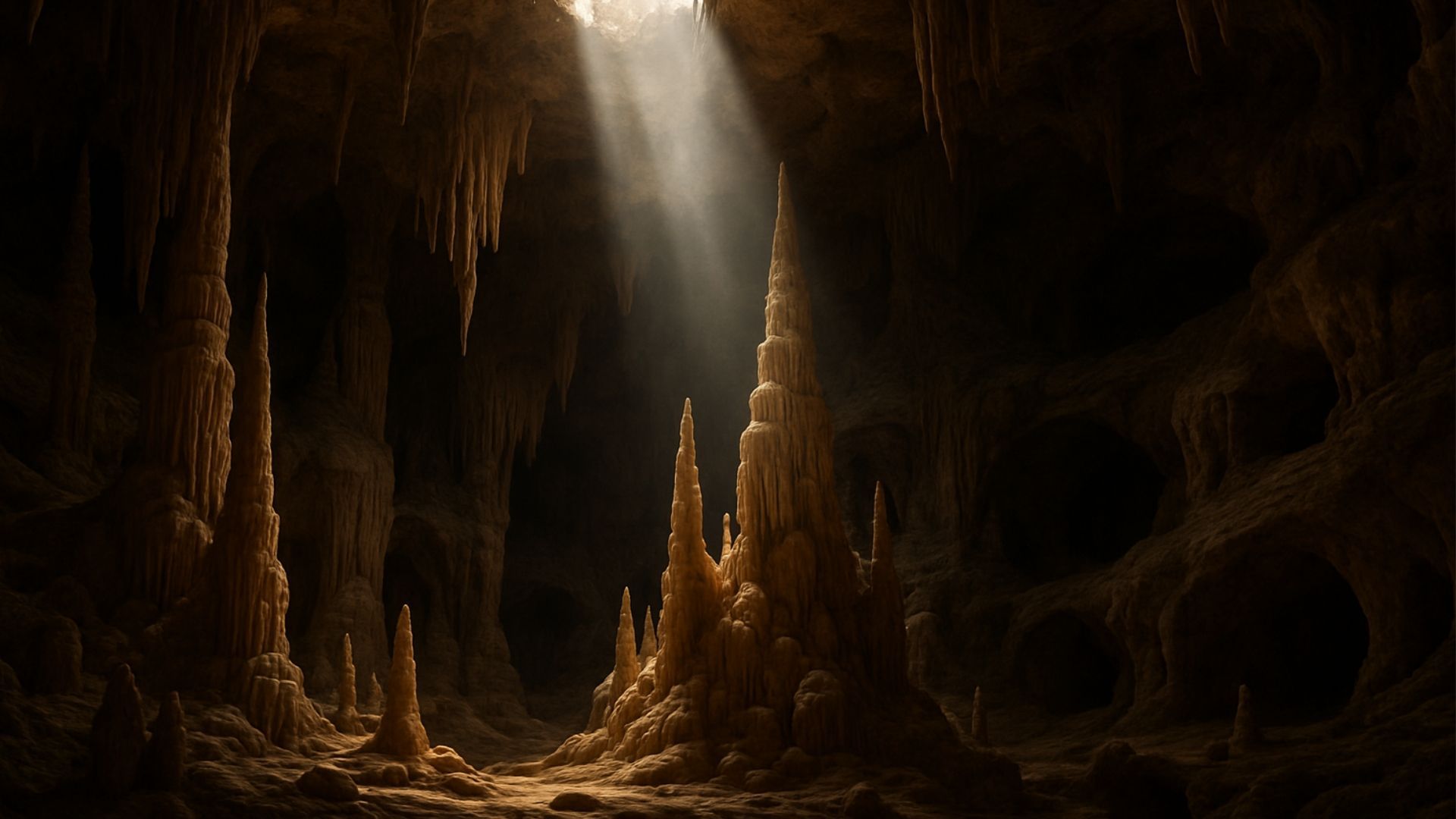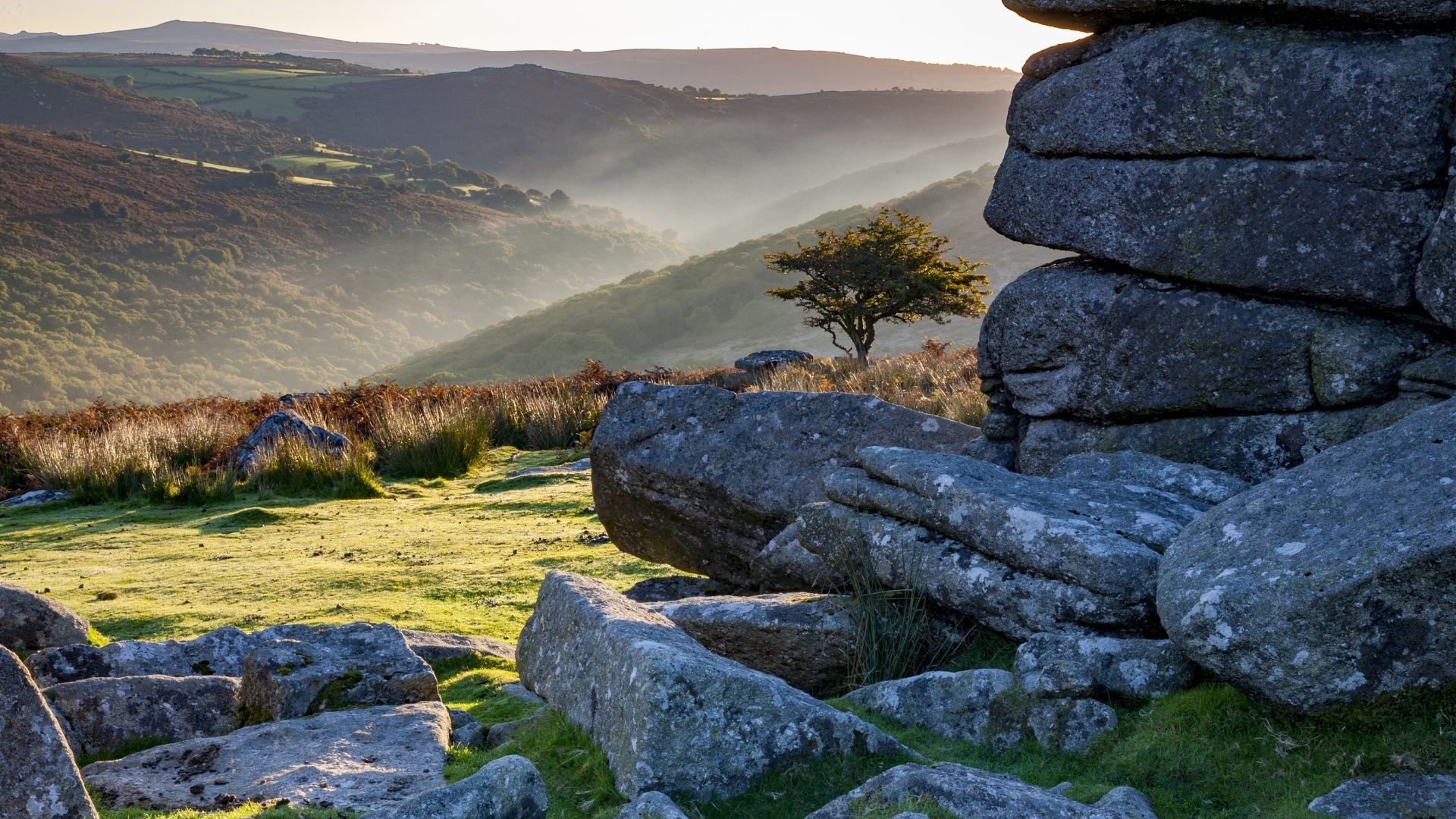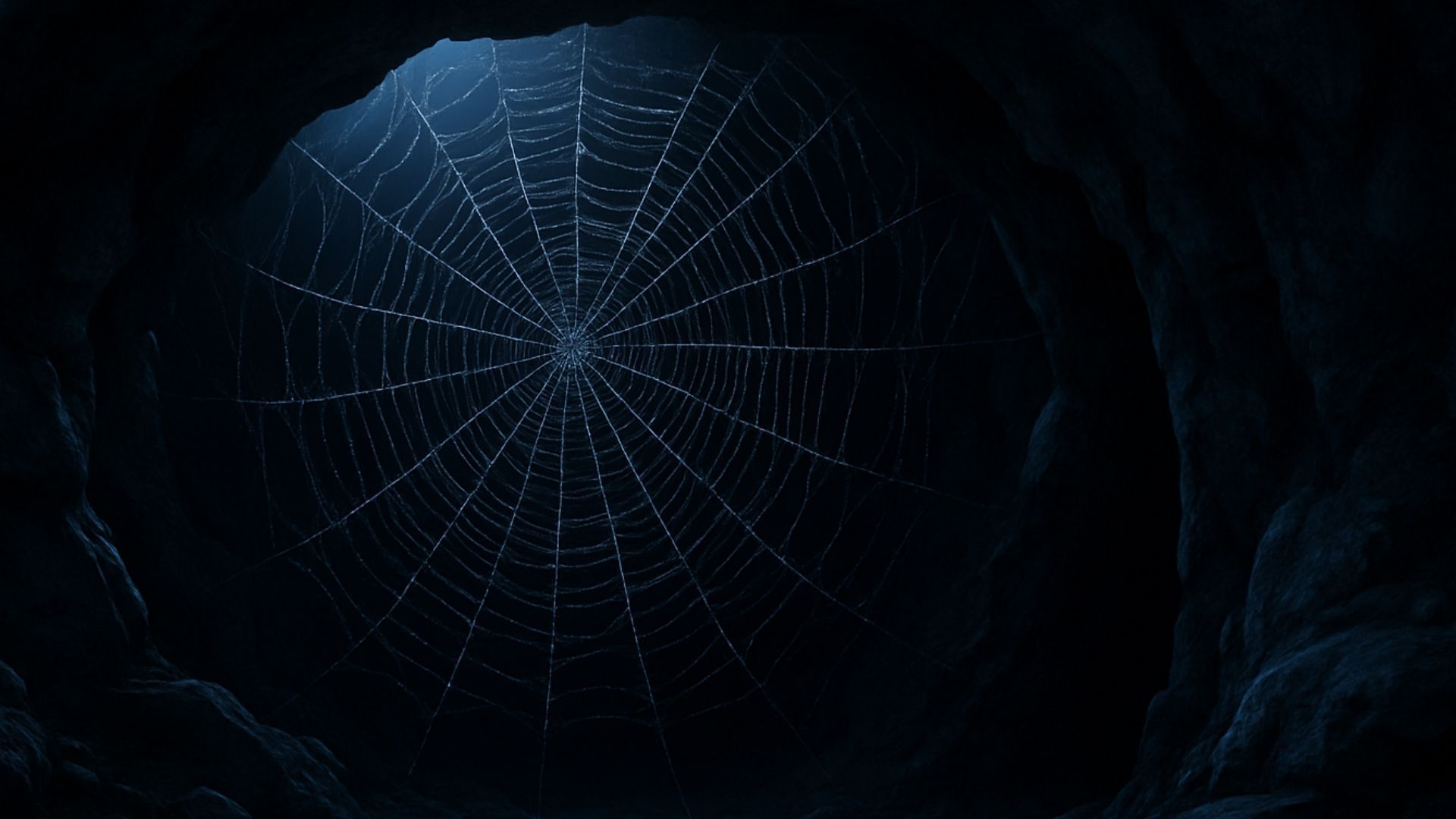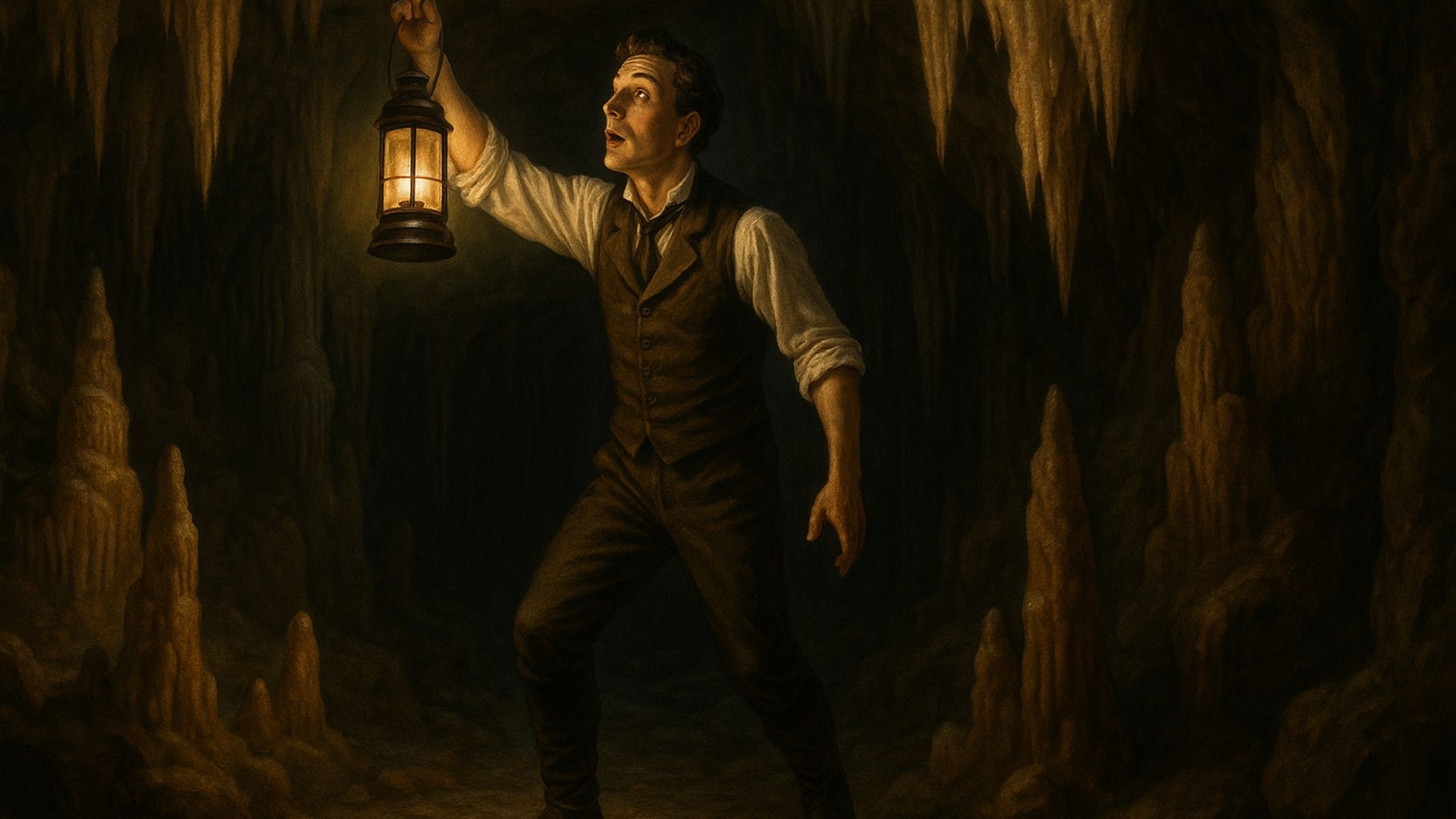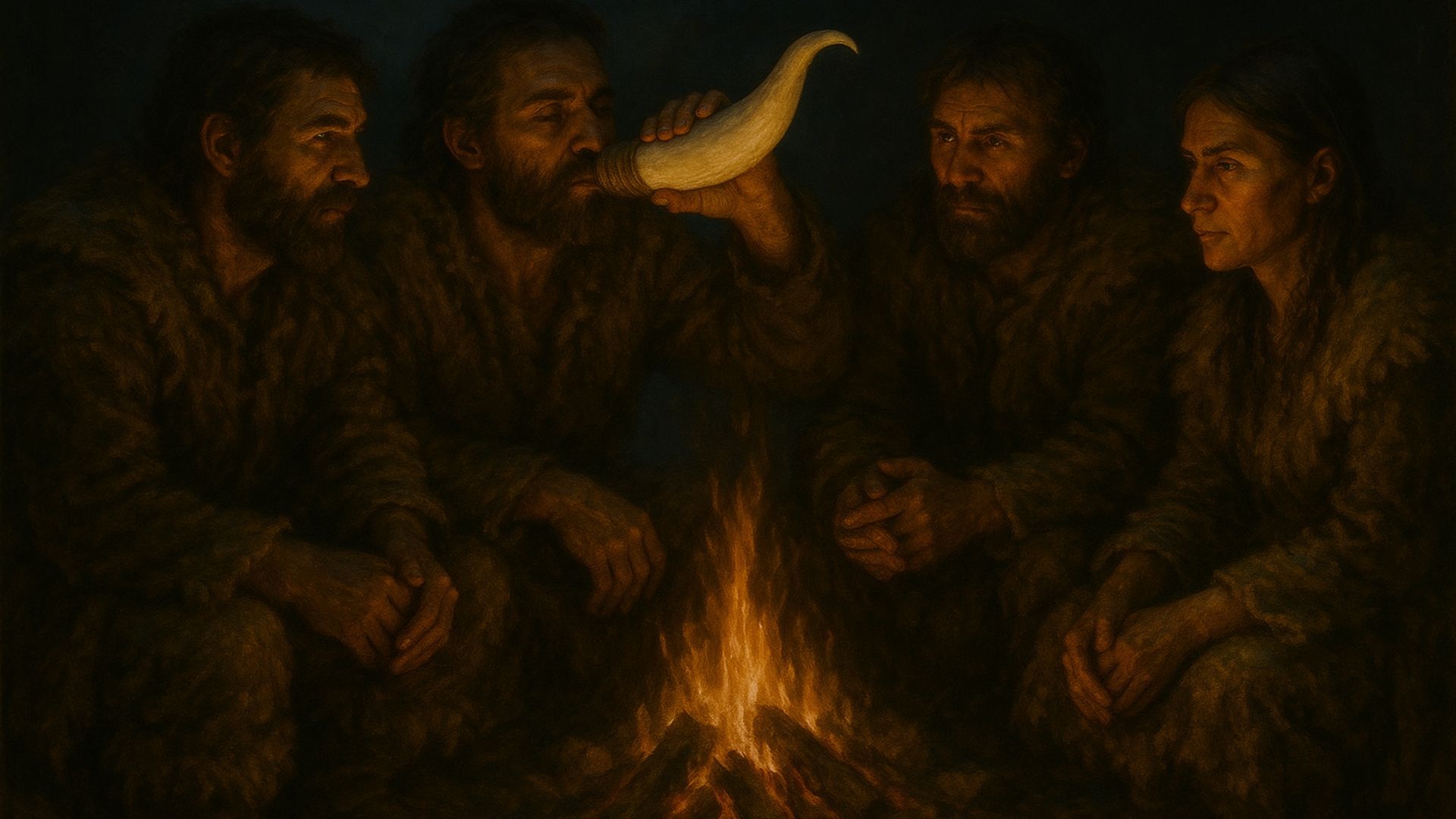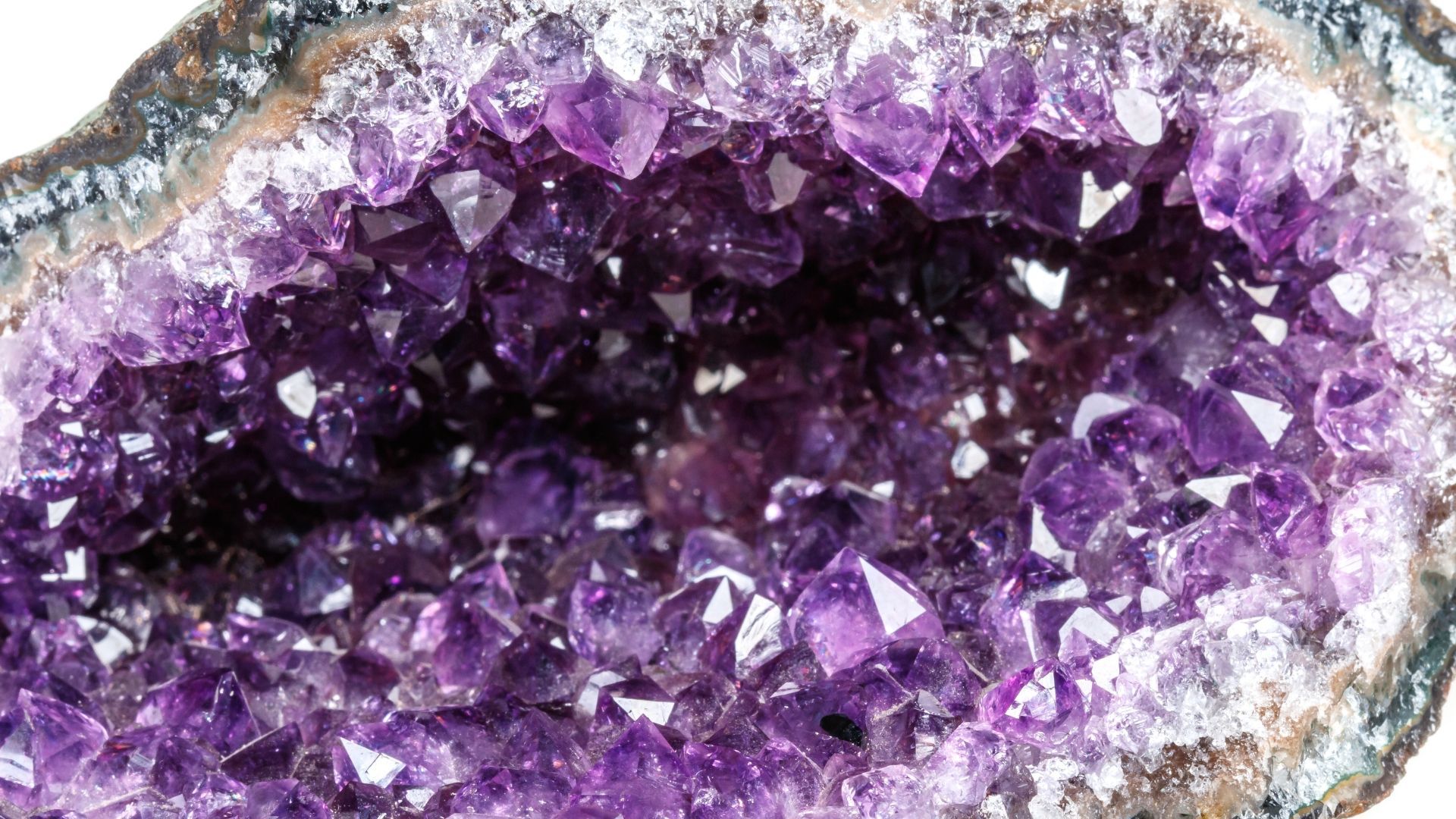Join us for a whistle-stop tour of 10 of the world's most mysterious caves – from New Zealand to China, from Vietnam to the Yorkshire Dales.
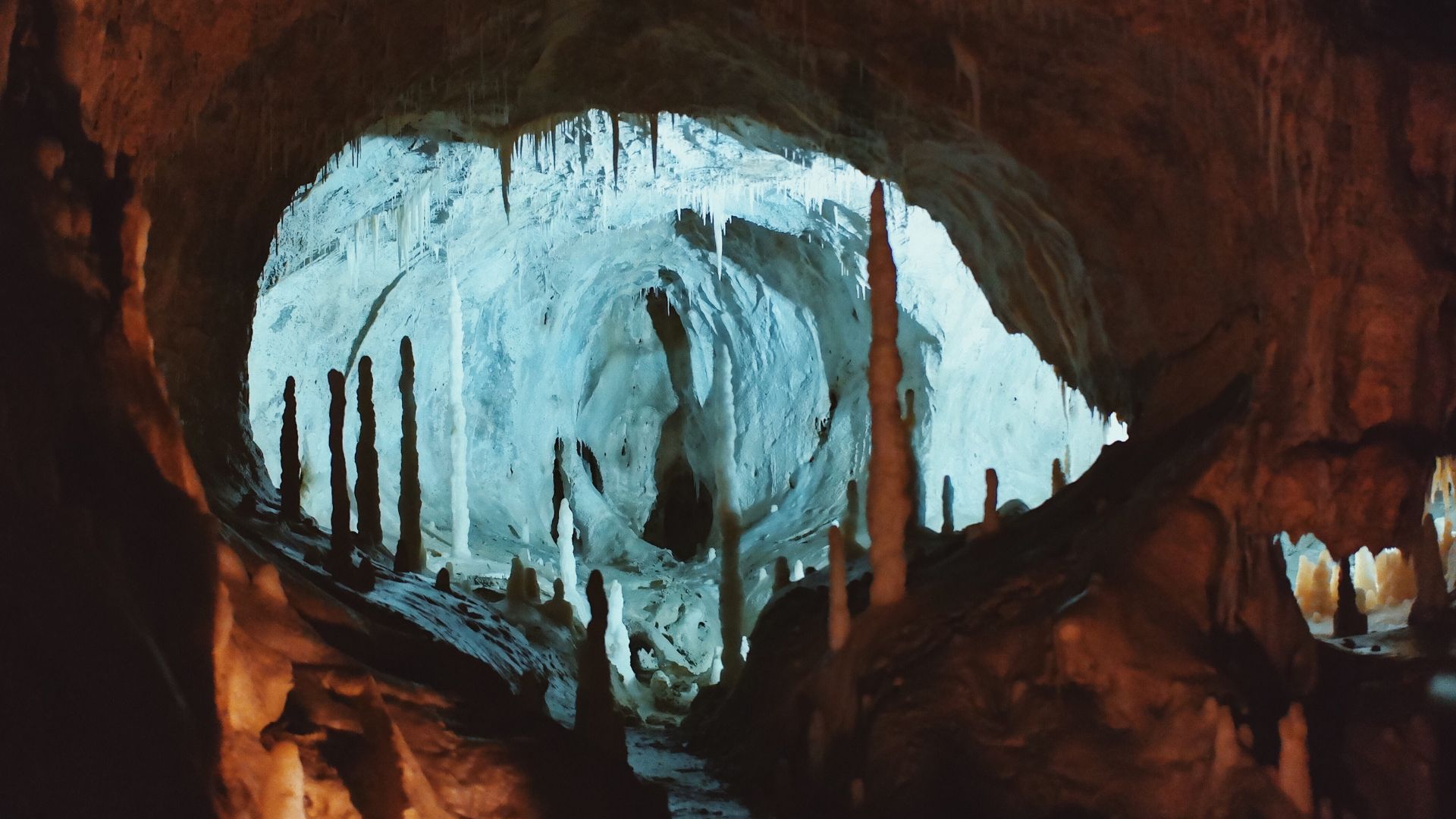
We live at a time when most of the Earth has been discovered and mapped. Yet it still has the capacity to surprise, delight, astonish and overwhelm us.
Caves are a great example of this. From one point of view, a cave is just a big hole. But the presence of water, rock formations and even flora and fauna makes them entrancing places to visit.]
Here at Stump Cross Caverns, we're more than proud to be the custodians of ancient limestone caves – caves that were formed over half a million years ago.
Our role in conserving the caves and keeping them open for visitors has given us a keen appreciation of all things cave-related.
That's why we've put together this guide to 10 of the most mysterious caves from around the world. We hope it sparks your imagination.
Waitomo Glowworm Caves, New Zealand
On New Zealand's North Island lies a cave with a difference – a many-chambered tourist attraction that literally glows.
The cause of this bioluminescent glow is a species of glowworm unique to the island. The glowworms thrive in the high humidity of the cave, and the sticky mucus webs they spin to trap midges sparkle like constellations.
Waitomo is famous for a reason, attracting some 500,000 visitors a year who explore the network by boat.
Fingal's Cave, UK
The inspiration for Romantic composer Felix Mendelssohn's Hebrides Overture, Fingal's Cave is a basalt sea cave whose large arched entrance is partially underwater.
Soundtracked by the cry of puffins, the thrum of cruise boat motors and the echoing, lapping waves, it's an undeniably mysterious location.
Found on the uninhabited island of Staffa, part of the Inner Hebrides off the west coast of Scotland, Fingal's Cave can only be visited by boat. As those who cast their eyes on its hexagonal basalt columns will tell you, it's a sight you won't forget in a hurry.
Lascaux Caves, France
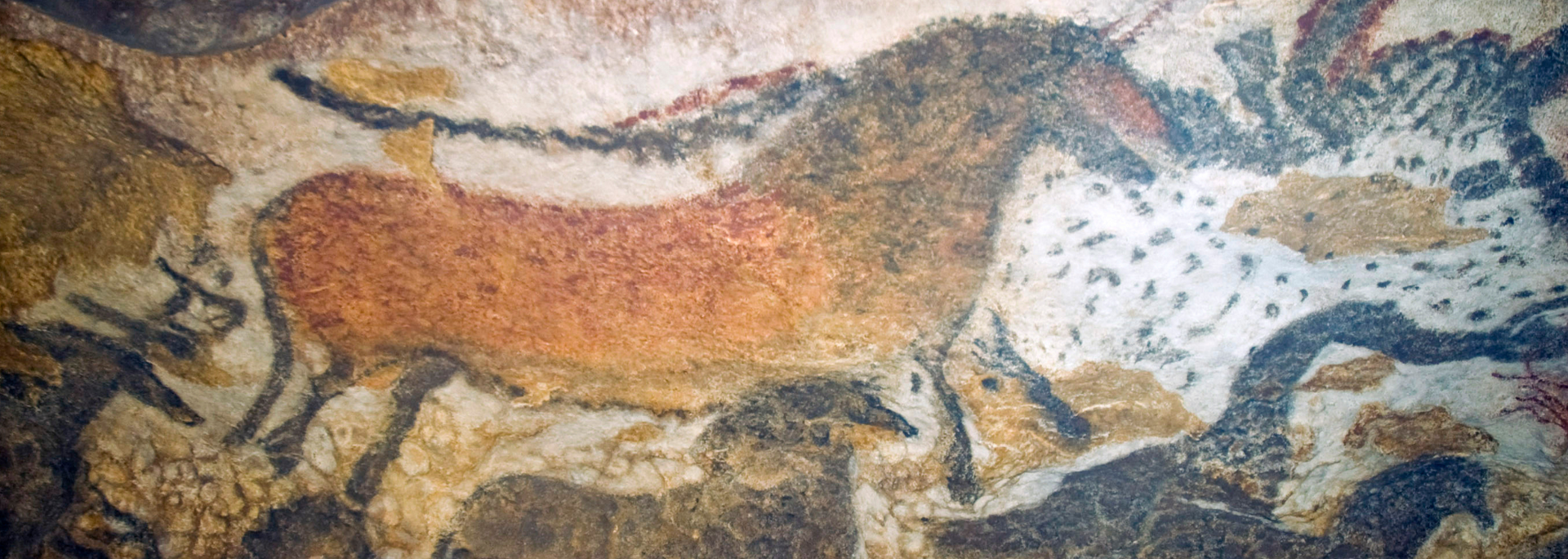
Caves the world over boast paintings by prehistoric humans and Neanderthals. They show animals, humans and abstract shapes, with some even implying narratives.
Lascaux Caves in southwestern France is a treasure trove of cave paintings. There are nearly 6,000 in total.
Grotte de Lascaux (as the French call it) was discovered by accident in September 1940 when 18-year-old Marcel Ravidat's dog temporarily disappeared down a hole.
The caves became a tourist attraction – but in 1963, authorities closed them to the public, citing environmental damage to the paintings.
Cave of the Crystals, Mexico
Imagine a cave the temperature of Death Valley, only more humid. Imagine giant selenite crystals, some reaching as long as 11 feet.
This isn't the stuff of sci-fi, but a real-life cave in Mexico.
It was discovered in 2000 by Juan and Pedro Sánchez, two brothers who were drilling for lead and silver in the adjoining Naica Mine.
Fifteen years later, the caves were indefinitely closed to both members of the public and members of the scientific community. This was due to the caves' high temperature, high humidity and slippery surfaces, as well as the desire to protect the crystals.
Mammoth Cave, USA
Mammoth Cave is part of Mammoth Cave National Park in south-central Kentucky. It's a record-breaker: at 426 miles long, it's the
longest known cave system in the world.
Its famous features include the colourfully named Grand Avenue, Frozen Niagara and Fat Man's Misery.
There's a range of tours available. Some are lit by electricity while others are lit by paraffin lamps. There are also "wild tours", which involve a good deal of crawling.
Ta Kueng Cave, Thailand
Caves are being discovered all the time – and in August 2025, Ta Kueng cave was discovered in the depths of northern Thailand's thick jungle.
The cave contains ancient rock paintings, which could be as much as 2,000 years old. These include "geometric line patterns and a distinctive three-finger pattern".
At the time of writing, we don't know much about Ta Kueng Cave – but we'll be sure to keep you updated with any developments.
Marble Caves, Chile
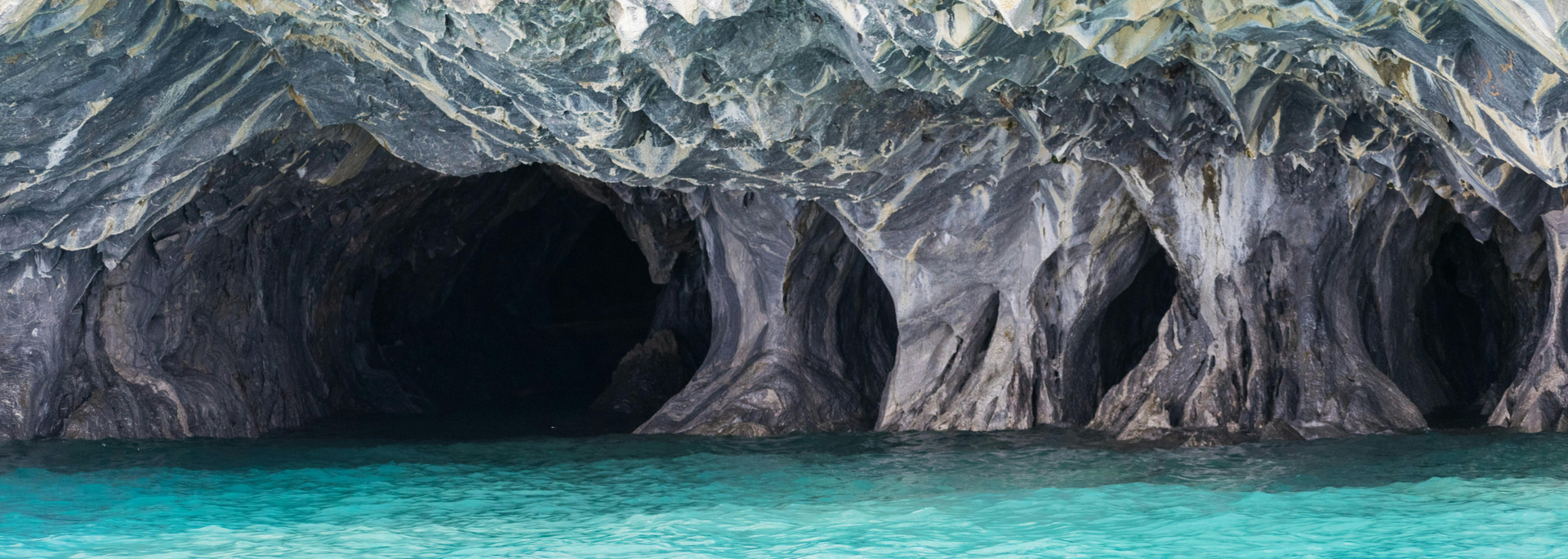
Found on the shores of General Carrera Lake in southern Chile, the Marble Caves are a marvel.
Visitable by kayak, the caves' impossibly smooth, curved walls reflect the lake water. The effect has been
described as looking like "mineral ice cream". Yum!
Sơn Đoòng cave, Vietnam
Located near the border of Laos and Vietnam, Sơn Đoòng cave is home to a rapidly flowing underground river and a profusion of trees and other vegetation.
It was discovered in 1991 by Hồ Khanh,
a local who was on the prowl for a valuable timber known as agarwood. Today, this remarkable and mysterious cave can be visited between January and August.
Longyou Caves, China
Longyou Caves in Zhejiang Province, China, differ from the other caves on this list in one significant way: they're manmade.
These 24 sandstone caverns are truly mysterious. No one knows when or why they were dug out. We do know, however, that they are at least as old as the clay found in them, the oldest dating from 206 BC.
They do, however, have something in common with other caves on our list. The caves at Longyou were discovered by accident: in this case, by four farmers when they drained several ponds in their village.
Stump Cross Caverns, UK
Set amid the bleak beauty of the Yorkshire Dales, Stump Cross Caverns is a show cave that's a jewel in the UK's crown.
Its limestone caves, formed some half a million years ago, are filled with stalagmites, stalactites and unforgettable rock formations.
We also host a wide range of
cave events throughout the year. Whether you're a veteran caver or looking for a family day out, Stump Cross Caverns is the place to be.
Looking for an unforgettable family day out in Yorkshire? Whatever your age, whatever the weather, Stump Cross Caverns is always an adventure. It's quick and easy to book your tickets online.

